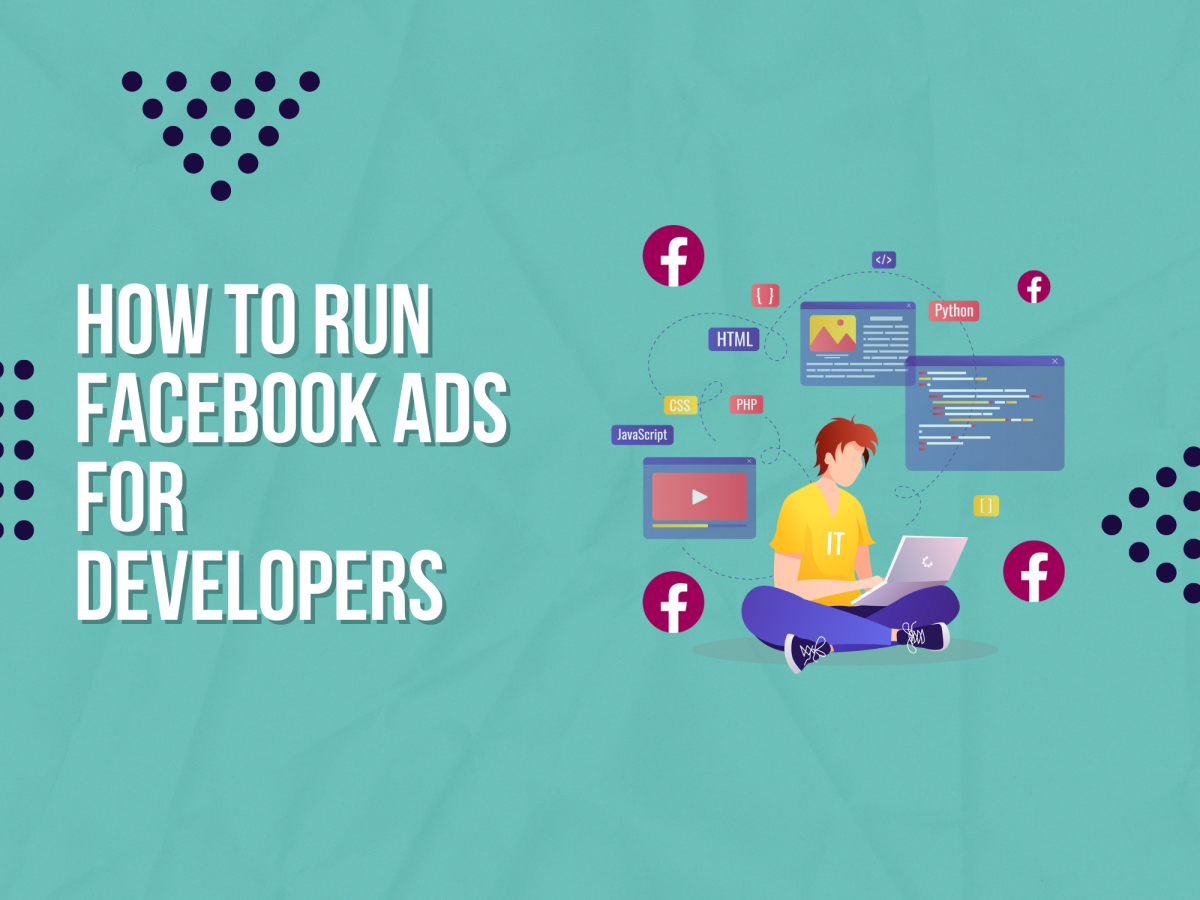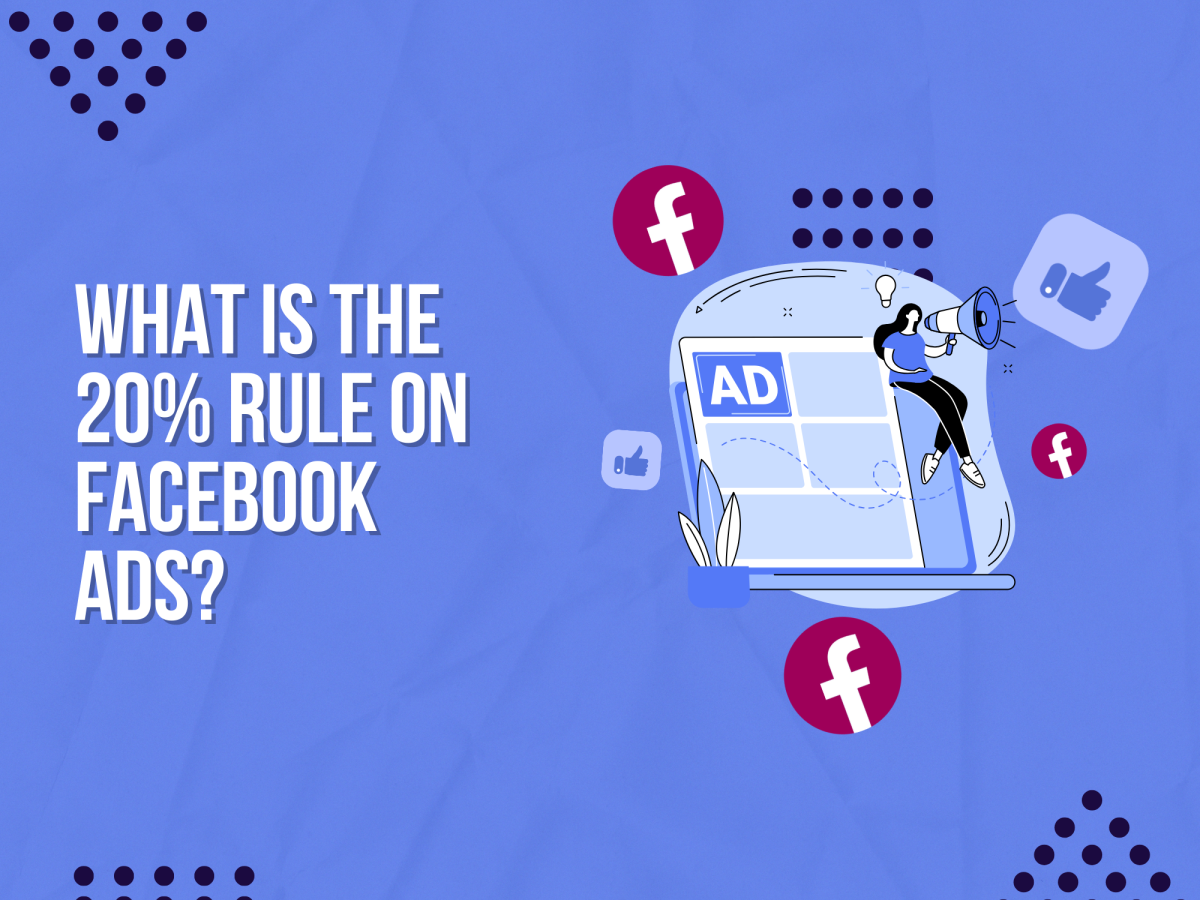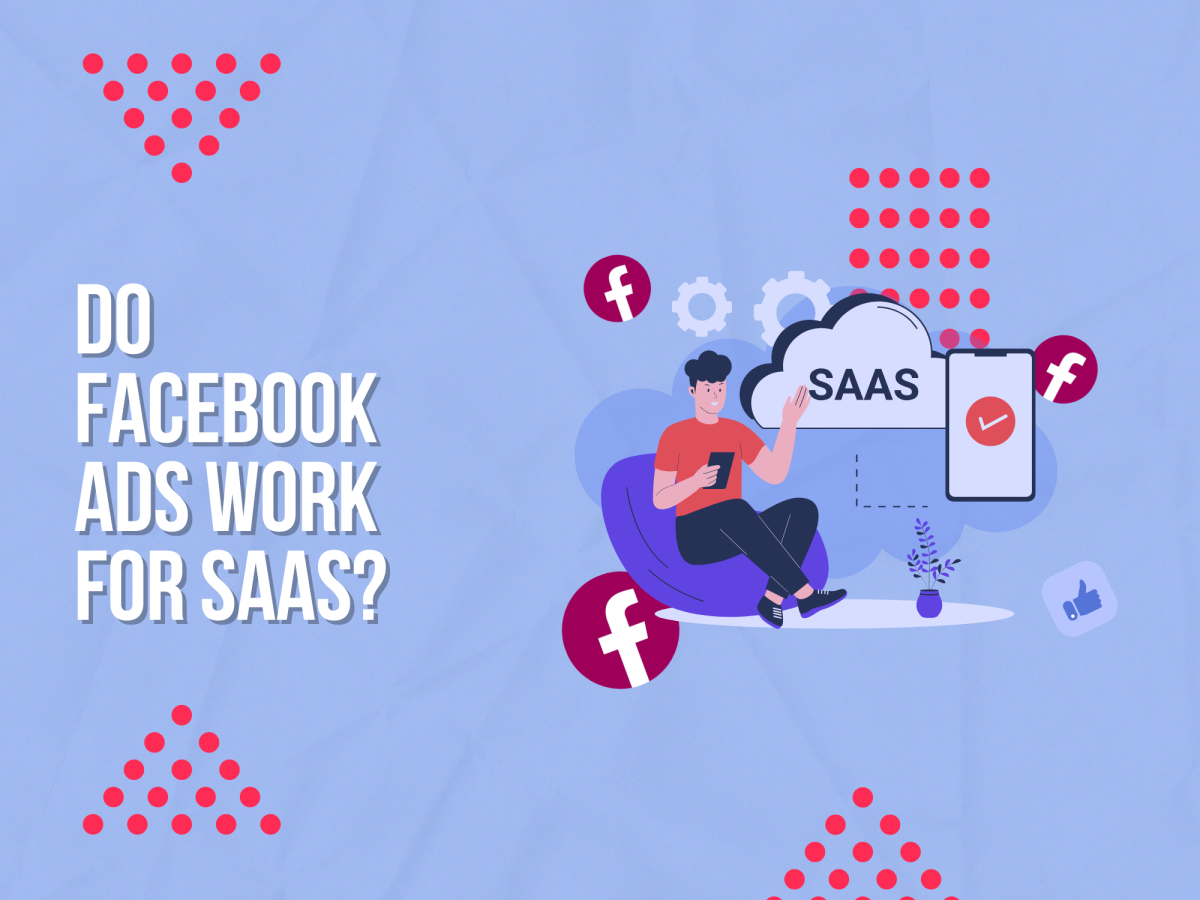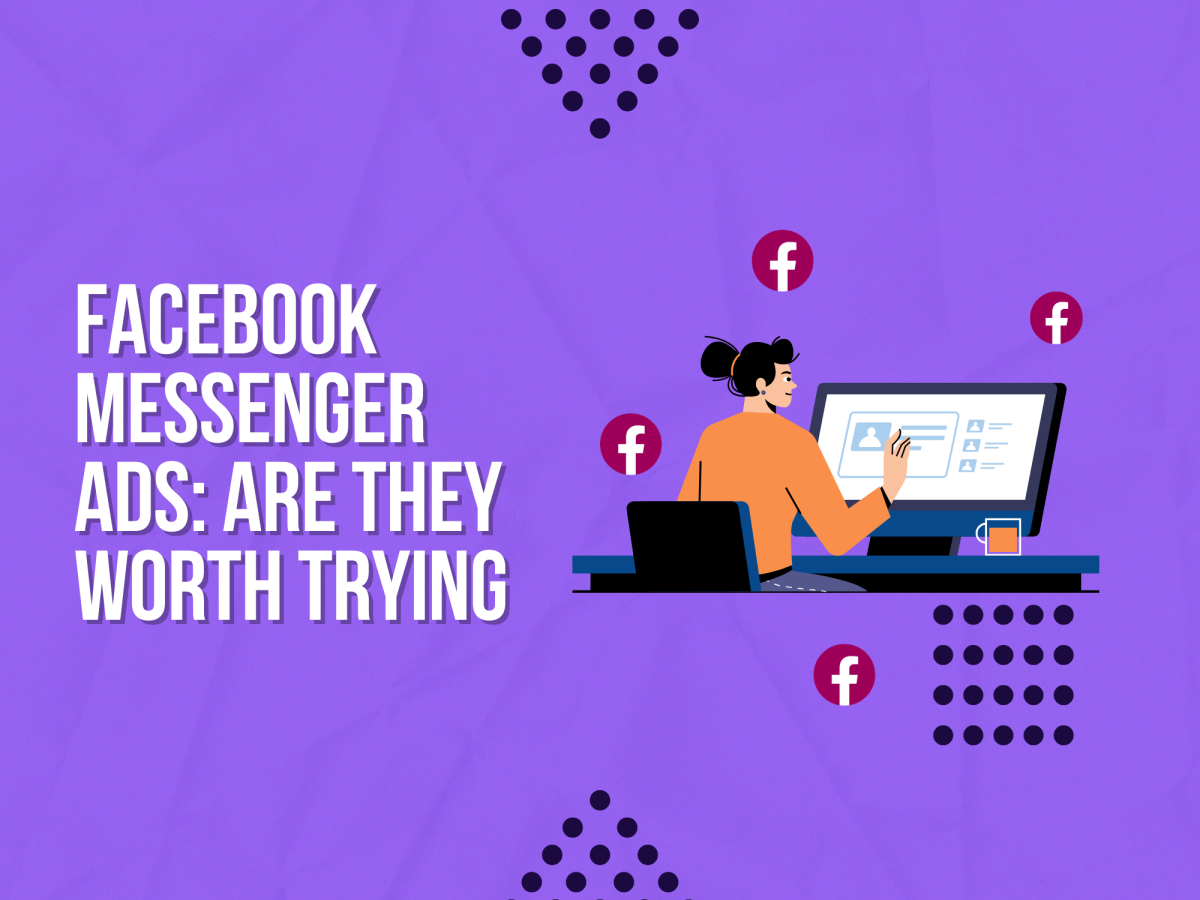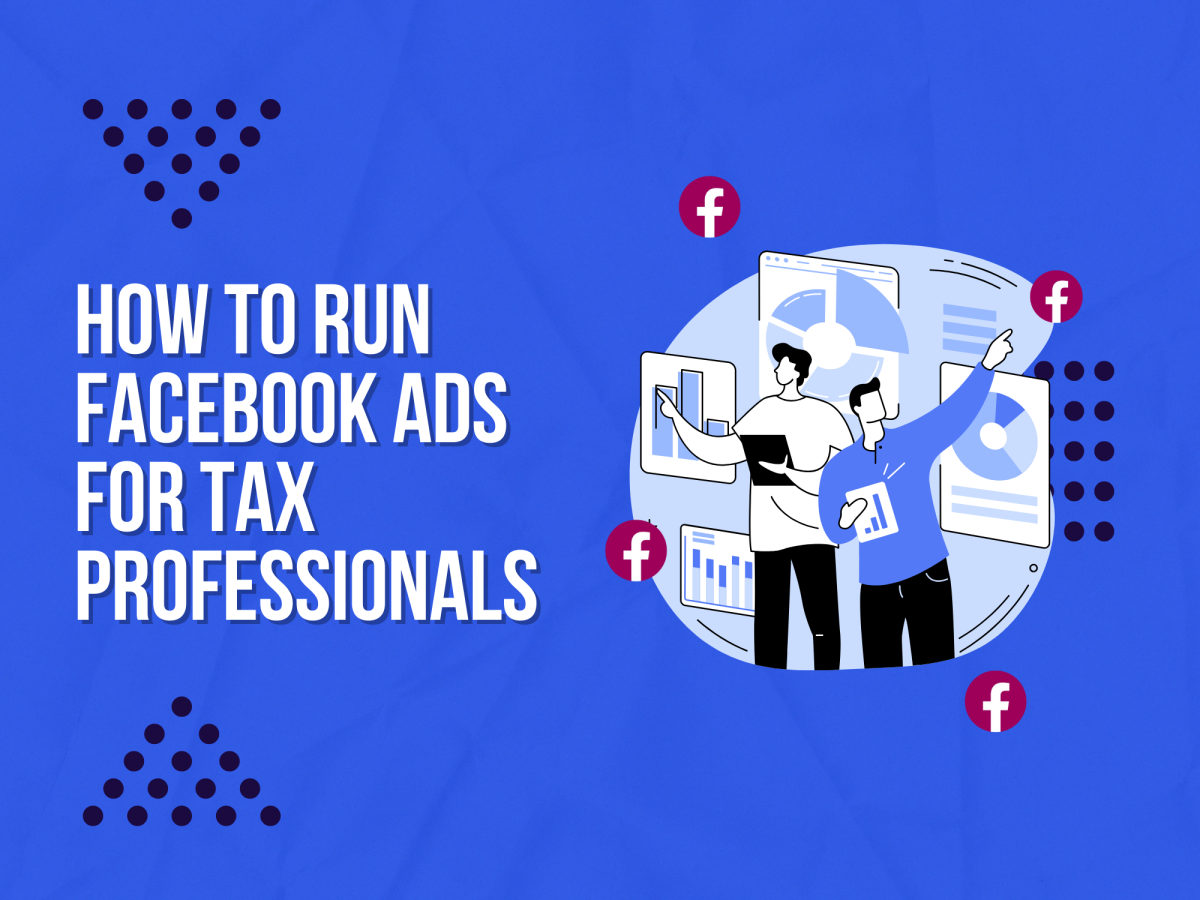Are you looking to reach parents on Facebook with your ads? You’ve come to the right place.
With over 3 billion monthly active users, Facebook is a gold mine for businesses targeting parents.
But here’s the thing: parents are a unique audience with specific needs and interests. And if you don’t know how to reach them effectively, your ads will fall flat.
In this article, you’ll discover some practical tips to help you create Facebook ads that resonate with parents and drive results for your business. These tips are based on years of experience and countless successful campaigns.

Boost E-Commerce ROI: Download Our Free CPA & ROAS Calculator
So, whether you’re new to Facebook advertising or looking to improve your existing campaigns, you’ll find valuable insights here.
Now, let’s get started.

1. Understand Your Target Audience
Your first step to creating effective Facebook ads for parents is understanding who they are and what they want.
Parents come in all “shapes and sizes”, with different ages, incomes, and family structures. And each group has its own unique needs and challenges.
For instance, new parents may be interested in baby products and sleep training tips, while parents of teenagers may be more concerned about college prep and driving safety.
So, before you start creating your ads, take some time to research your target audience. Look at their demographics, interests, and behaviours on Facebook.
Also, you can use Facebook’s Audience Insights tool to get valuable data on your target audience.
This tool lets you see things like age and gender breakdowns, job titles, relationship statuses, and more. You can also see what pages they like, what devices they use, and how they engage with content on Facebook.
Subsequently, use this data to create detailed buyer personas for your target audience. Give each persona a name, age, job title, and family structure. Write down their goals, challenges, and pain points.
And most importantly, think about how your product or service can help them solve those challenges and achieve their goals.
2. Use Eye-Catching Visuals
Once you know who you’re targeting, it’s time to create ads that grab their attention. And one of the best ways to do that is with eye-catching visuals.
It’s common knowledge that parents are busy people. They’re constantly juggling work, family, and personal responsibilities. So, if you want them to stop scrolling and pay attention to your ad, you need to use visuals that stand out.
To achieve this, use bright colours, bold text, and high-quality images or videos in your ads. Show parents using your product or service in real-life situations. And don’t be afraid to use humour or emotion to connect with your audience.
For example, if you’re selling a baby carrier, show a happy mum or dad carrying their baby while going for a walk or running errands. If you’re promoting a family-friendly vacation spot, show families having fun together and creating memories.
The key here is to create visuals that are both eye-catching and relevant to your target audience. So, think about what kind of images or videos will resonate with parents and make them want to learn more about your business.
3. Speak Their Language
When creating ad copy for parents, it’s important to speak their language. Use words and phrases that parents use in their everyday lives. And avoid jargon or technical terms that may confuse or alienate them.
So, instead of saying “our product is designed to optimise your child’s cognitive development,” say “our product helps your child learn and grow.” Keep your language simple, clear, and conversational.
You can also use emotional triggers in your ad copy to connect with parents on a deeper level. Talk about the joys and challenges of parenting, and how your product or service can help make their lives easier or more fulfilling.
For example, if you’re selling a meal delivery service for busy families, you could say something like, “Tired of the same old dinner routine? Let us take care of the cooking so you can spend more quality time with your family.”
What really works is to write ad copy that speaks directly to parents’ needs, desires, and pain points. Use language that they can relate to and that makes them feel understood and valued.
4. Offer Value
Moving on, parents are always looking for ways to make their lives easier and more manageable. So, if you want to attract their attention and earn their trust, you need to offer them real value in your ads.
Think about what kind of content or offers would be most helpful or appealing to parents in your target audience.
Could you offer a free guide on potty training? A discount code for their first purchase? A quiz to help them find the right product for their needs?
The bottom line is to provide something that parents will find useful and valuable, and that will make them want to engage with your brand further.
You can also use your ad copy to highlight the unique benefits and features of your product or service. But instead of just listing them off, focus on how they can make parents’ lives better or easier.
For example, instead of saying “our pushchair has a one-handed folding mechanism,” say “our pushchair makes it easy to fold up and store with just one hand, so you can hold your baby with the other.”
By offering real value and highlighting the benefits of your product or service, you’ll be more likely to capture parents’ attention and persuade them to take action.
5. Target the Right Audience
Once you’ve created your ad, it’s important to make sure it reaches the right people. And that’s where Facebook’s targeting options come in.
Facebook allows you to target your ads based on a wide range of criteria, including age, gender, location, interests, behaviours, and more.
So, take advantage of these options to narrow down your audience and reach the most relevant parents for your business.
For example, if you’re selling a product for new mums, you could target women aged 25-35 who have recently given birth and are interested in baby products.
You can also use Facebook’s Custom Audiences feature to target people who have already engaged with your brand in some way, such as visiting your website or subscribing to your email list. This can be a highly effective way to reach parents who are already interested in what you have to offer.
And don’t forget about the Lookalike Audiences feature, which allows you to reach new people who are similar to your existing customers or fans. This can be a great way to expand your reach and find new parents who are likely to be interested in your products or services.
6. Test and Optimise Your Ads
Finally, it’s important to note that creating effective Facebook ads is an ongoing process. You can’t just set it and forget it. You need to continuously test and optimise your ads to see what works best for your business and your target audience.
Start by creating multiple versions of your ad, with different visuals, copy, and targeting options. Then, run them simultaneously and see which ones perform the best.
Next, use Facebook’s built-in analytics tools to track your ad’s performance, including metrics like reach, engagement, and conversions. And don’t be afraid to make changes and adjustments based on what you learn.
For instance, if you find that one ad is getting a lot of clicks but not many conversions, try changing the landing page or offer to see if that improves your results. Or if you notice that a certain demographic is responding well to your ad, consider creating more content or offers specifically for that group.
In all, the key is to keep testing and optimising your ads over time, so you can continually improve your results and get the most bang for your advertising buck.
Wrapping Up
Targeting parents on Facebook can be a highly effective way to grow your business and reach a valuable audience.
By understanding your target audience, using eye-catching visuals, speaking their language, offering value, targeting the right people, and continuously testing and optimising your ads, you can create campaigns that resonate with parents and drive real results for your business.
So, what are you waiting for? Start putting these tips into practice today, and see how Facebook advertising can help you connect with more parents and grow your business.

